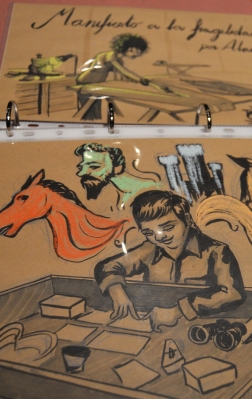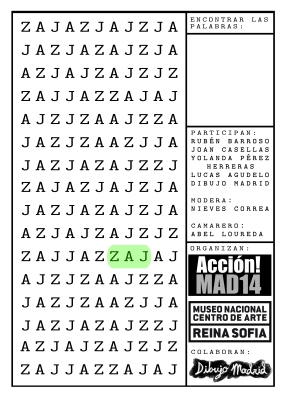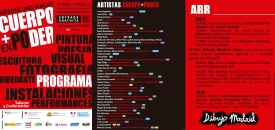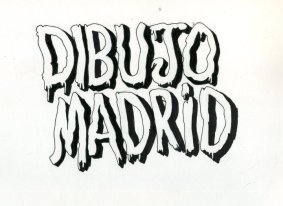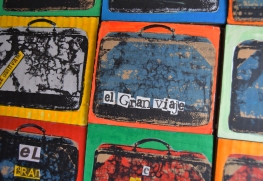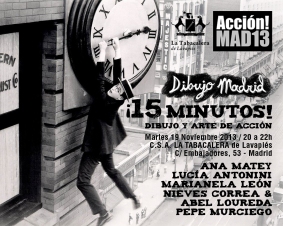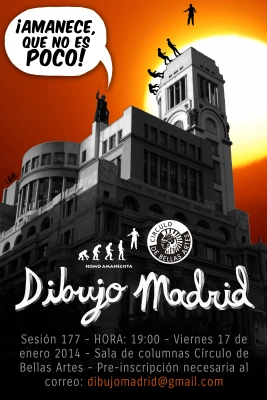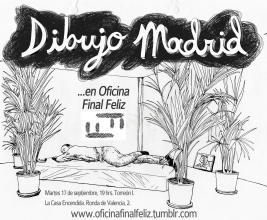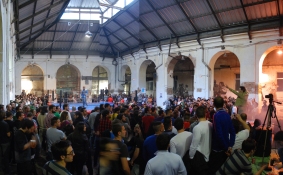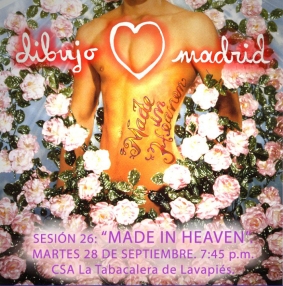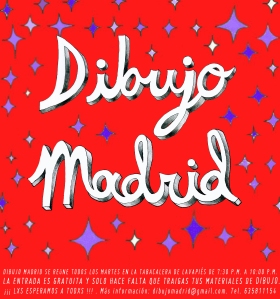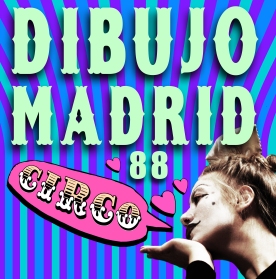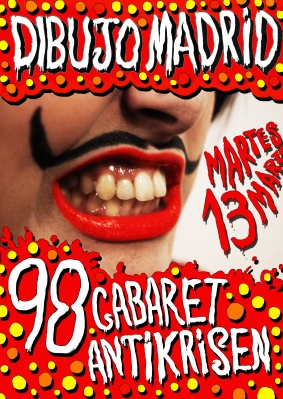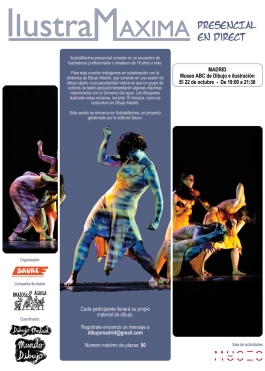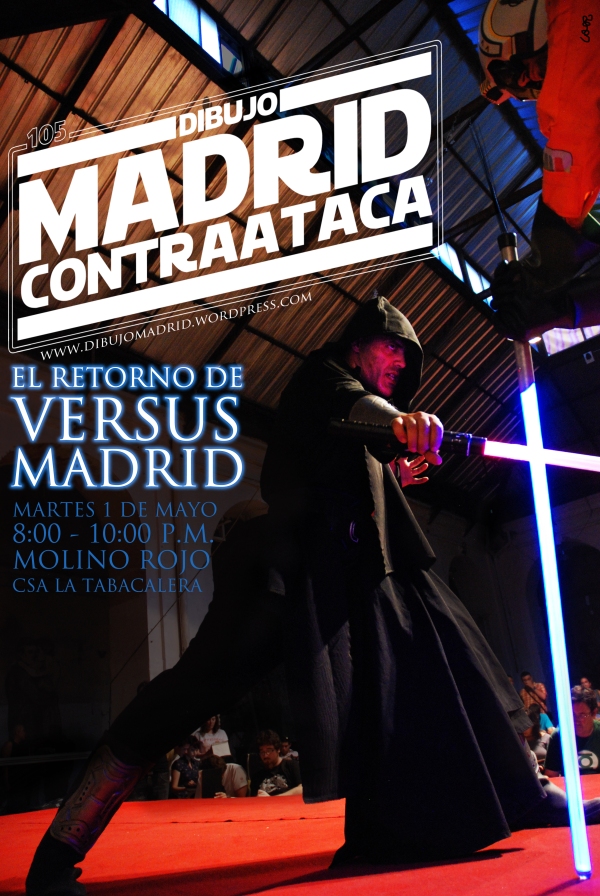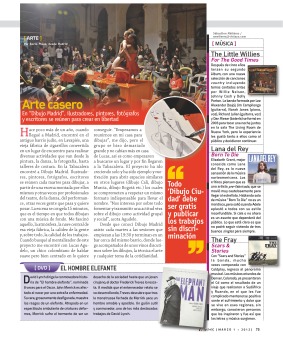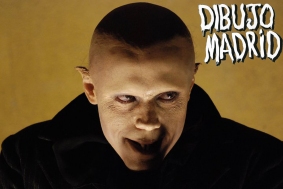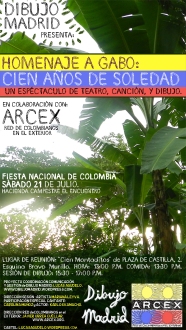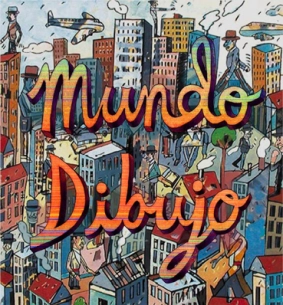«Take me a photo, please» – Entrevista a Lydia Garvín
En esta pequeña entrevista presentamos dibujos de la serie «Take me a photo, please» de la artista Lydia Garvín. En esta selección particular la artista trabaja a partir de comportamientos «naturalizados» o gestos interiorizados que reflejan la marcada instumentalización de nuestro cuerpo como parte de un sistema de producción de consumo. En palabras de Lydia: «Los ejes que vertebran mi trabajo son las personas y los escenarios que habitan, siendo estos la ciudad y las redes sociales. En estos espacios se llega a dar una comunicación no verbal y una violencia simbólica que puede pasar desapercibida al ser dos contextos altamente interiorizados».
Along this brief interview we present drawings from the series «Take me a photo, please» created by the artist Lydia Garvín. In this particular selection, the artist works starts from the «naturalised» behaviors or intenalized gestures that express our body´s notorious instrumentalization as part of a production of a consumerist system. Quoting Lydia: «The themes that constitutes my work are the people and the scenarios they inhabit, being these the city and the social networks. These spaces develop a non verbal communication and a symbolic violence that can not go unnoticed because of the fact that are highly internalized contexts».
 Lucas: Veo en tus dibujos, que en algunos momentos, la línea está «suelta» y de aquí puedo deducir que dibujas «calcando» a partir de fotografías que haces a ¿desconocidos? en la calle. Por qué no nos cuentas cómo trabajas y por qué decides medir «calcando» en lugar de medir o dibujar con tus ojos. ¿Qué aporta este método a tu trabajo?.
Lucas: Veo en tus dibujos, que en algunos momentos, la línea está «suelta» y de aquí puedo deducir que dibujas «calcando» a partir de fotografías que haces a ¿desconocidos? en la calle. Por qué no nos cuentas cómo trabajas y por qué decides medir «calcando» en lugar de medir o dibujar con tus ojos. ¿Qué aporta este método a tu trabajo?.
Lucas: I observe that, at some points, in your drawing work the lines are, let´s say «unattached» and from here I can deduce that your draw tracing form a photograph you make from ¿unknown? people. Tell us about how you work and why you decide draw by «tracing» instead of measuring with your eyes. ¿What does it contribute to your own work?
Lydia: Estos dibujos pertenecen a mi proyecto Take me a photo, please en el que llevo trabajando 10 meses. En este tiempo he estado fotografiando desconocidos que me encontrada haciendo fotos con el móvil. Son momentos muy cortos con los que me topaba y que instintivamente fotografiaba de estrangis. No tenía tiempo (y casi nunca material) para dibujar in situ lo que me interesaba de estas escenas. Aún así, las fotografías son calcadas posteriormente directamente de la pantalla del ordenador por una cuestión de practicidad. Aún calcando, tú como artista decides por donde debe ir la línea y cual debe estar y cual no. Este método sólo te aporta algo al dibujo si estas buscando esa fidelidad que puede perderse al hacerlo a ojo, como en este caso para mi, la fidelidad de la postura y de la pose. Pero ayuda mucho con el factor tiempo.
Lydia: These drawings belong to Take me a photo, please project, where I have being working 10 months. During this time i have been taking photographs of unknown people which i found taking pictures of themselves with a móvil camera. These are very short time moments that i ran into and i instintivelly photograph as going unnoticed. I didn´t have time (or material) to draw, in the same place, what i was interested from these scenes. However, the photographs are traced subsequently and directly form the computer screen because of a convenience matter. Even tracing, as an artist you still decide in what direction to trace the line and what line remains and what line doesn´t. This method only contributes something to the drawing if you are searching for this kind of fidelity, from tracing, that could be lost if you mesaure by eje, in my personal case, the fidelity that comes from the posture and the pose. By far, it is a time changer.
Lucas: Tus dibujos suprimen información del fondo, de pliegues de la ropa, detalles, etc. En algunos de tus dibujos, sin embargo mantienes detalles de una marca como Primark o un eslogan como «Just do it». En estos dibujos se nota que los personajes se hacen un Selfie y además con la Marca nos cuentas otra historia también narrativa. ¿Qué pasa aquí y cómo piensas esta relación?
Lucas: Your drawings delete background infromation like clothing´s folds, details, etc. However, in other yo maintain details like a brand such as Primark or a slogan such as «Just do it». You can notice the characters are taking a selfie picture and also you lets us see the Brand and then you tell us another narrative of the story. ¿What goes on here and how do you think this relation?
Lydia: Hay dibujos en los que mantengo esos detalles y me esfuerzo en que queden reflejados porque nos retratan a nosotros como sociedad, siendo detalles casi tan importantes como que tengan el palo selfie o hayan tomado la postura más rara. Móviles de 400 euros, camisetas y bragas 3 euros y alguna cosa de marca bonita, todo, para enseñarlo en instagram, aunque me haya descoyuntado para sacar la foto sin que se me caigan las bolsas. Todo pertenece al mismo retrato de lo absurdo que puede llegar a ser nuestro mundo.
Lydia: I maintain these details in some drawings and i strive for them to be expressed because they portrait us as a society, is almost as important for me as drawing the selfie stick or drawing the weirdest gesture. 400 euros mobile phones, really cheap shirts and panties and some nice brand, everything, to show off on Instagram, although you almost broke apart taking that picture so you don´t drop your shopping bags. This absurd portrait belongs to what the world can become.
Lucas: ¿Qué detalles, preferencias o intuiciones tienes en cuenta para escoger las «posturas» o los cuerpos que dibujas?; ¿Cómo decides cuál te gusta más y por qué?.
Lucas: ¿What details, priorities or intuitions do you have in mind when you pick those «poses» or the bodies you draw?; ¿How do you decide which one you like more and why?
Lydia: He dibujado todas las personas que he fotografiado, me guste más o menos la foto, o en el caso que ya tuviera dibujos muy similares. Pero es verdad que cada vez que iba al Primark, a los alrededores del Bernabéu o salía de fiesta, estaba alerta y con el móvil preparado pues sabía que posiblemente me encontraría escenas geniales. Es la verdad que hay detrás de las típicas fotos que las redes sociales me ofrecen a diario.
Lydia: Liking it more or less, or even in the case i had already drawn similar ones, i have drawn all the people i have taken pictures of. It is truth that every time i went aroung Primark, around the Bernabéu Stadium, or went out to party, i was alert and mobil ready because i knew that probably i would find great scenes. That is the truth behind the daily typical social network photographs
Lucas: ¿Son las redes sociales un gran Selfie? Dicen que nuestro dedo pulgar se va desarrollar más (más grande y ràpido) que los demás dedos debido al protagonismo en el uso con teléfonos y dispositivos móviles. ¿Cómo crees que el selfie va a cambiar nuestro cuerpo y nuestras vidas?
Lucas: ¿Are the Social Networks a huge Selfie? They say that our own thomb finger is going to develop (bigger and quiker) over the other fingers due to the excesive use of mobile phones and mobile devices. ¿How dou you think the Selfie behavior is going to change our body and our lives?
Lucas: En tus dibujos no hay ciudad, sin embargo, me la imagino, no puedo dejar de verla. Le podrías contar a Dibujo Madrid un poco sobre la relación figura/fondo en tu trabajo.
Lucas: In your drawings there isn´t a city, however, I can imagine it and as a result can´t stop thinking about it. Could you tell Dibujo Madrid a little about your work´s relationship between figure/background.
Lydia: Para mi la ciudad es tan fundamental. Las redes sociales son los paisajes que habito a diario y de los que no me puedo desprender. Deshacerme del fondo es una manera de concentrar nuestra atención en las figuras. Sabemos que están en un lugar turístico sólo mirando la persona; no hace falta que sepamos en que monumento era exactamente; no importa porque el prototipo de turista es el mismo. Igual que la pareja, el grupo de chicos o la familia, su actitud y lo que llevan nos dan pistas suficientes para que imaginemos donde pueden estar.

Para conocer más sobre Lydia Garvín y su trabajo: http://lydiagarvin.com/
To know more about Lydia Gravín and her work: http://lydiagarvin.com/
¡Muchas gracias Lydia!
¡Thank very much Lydia!












